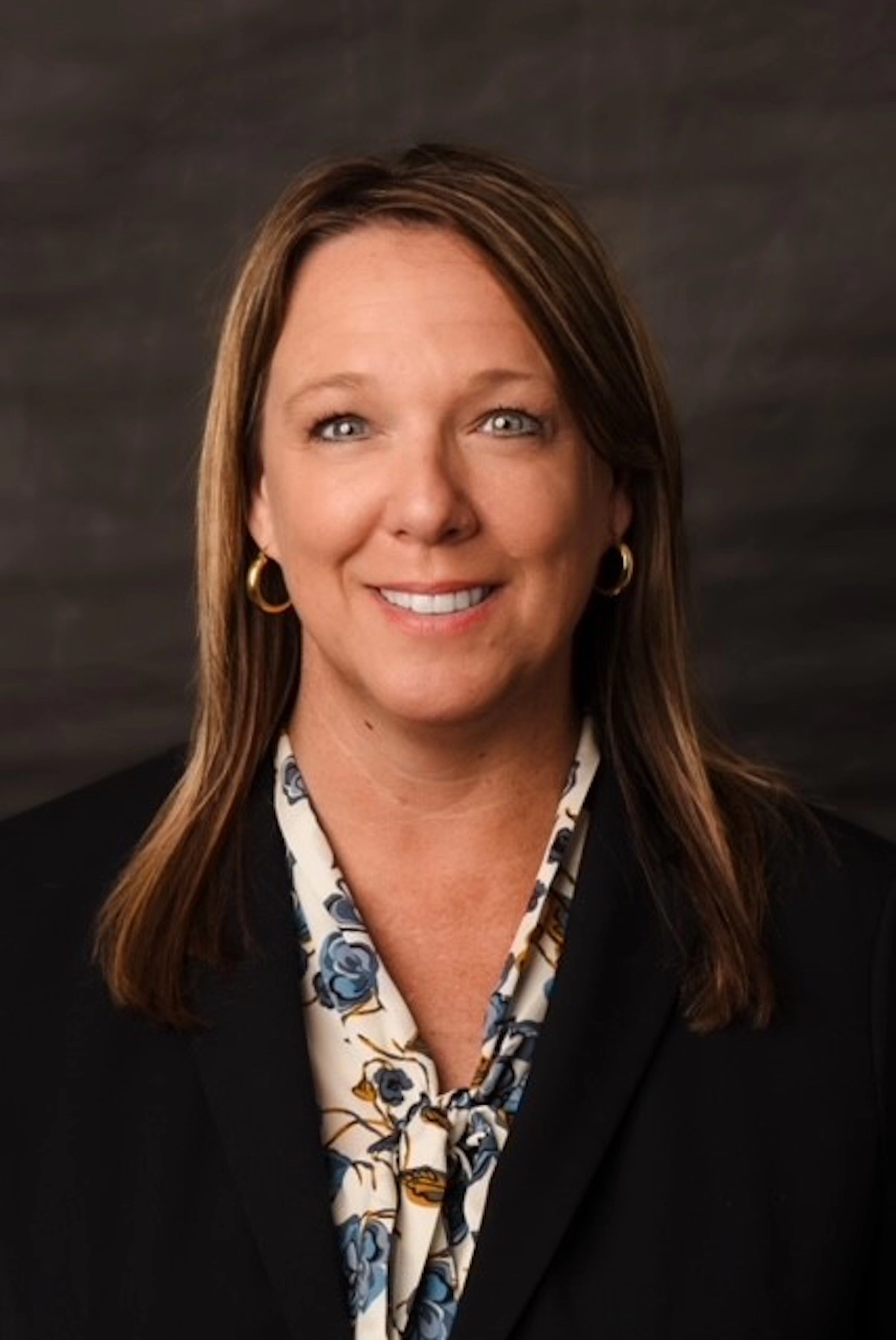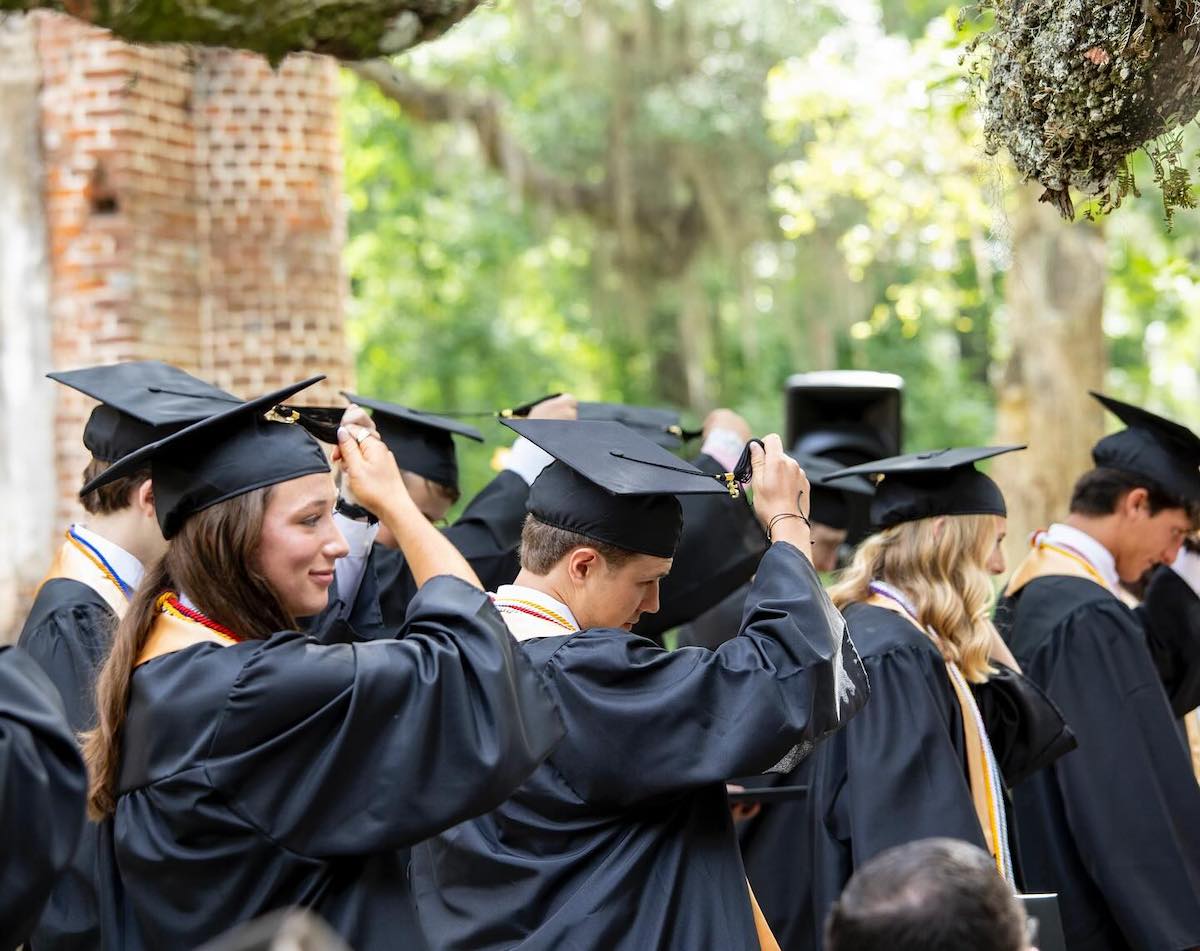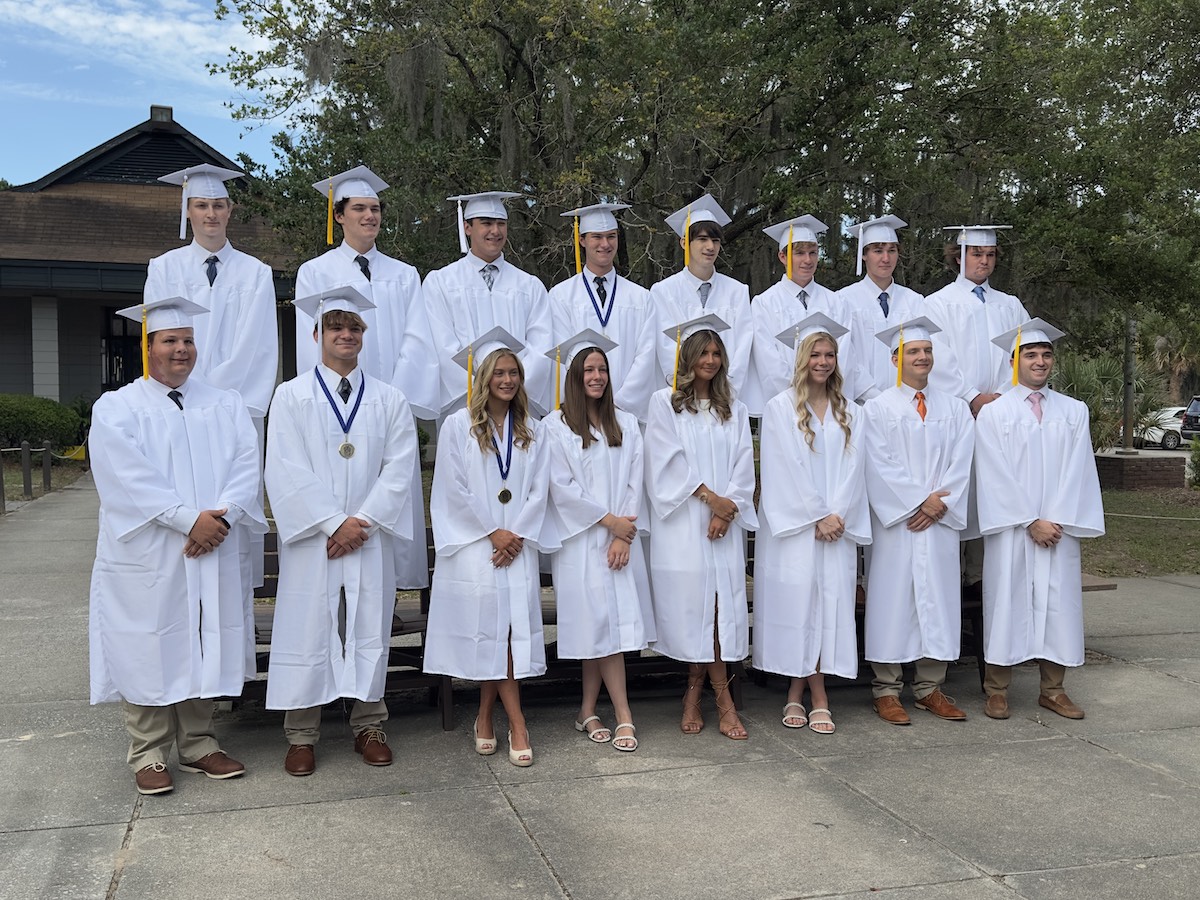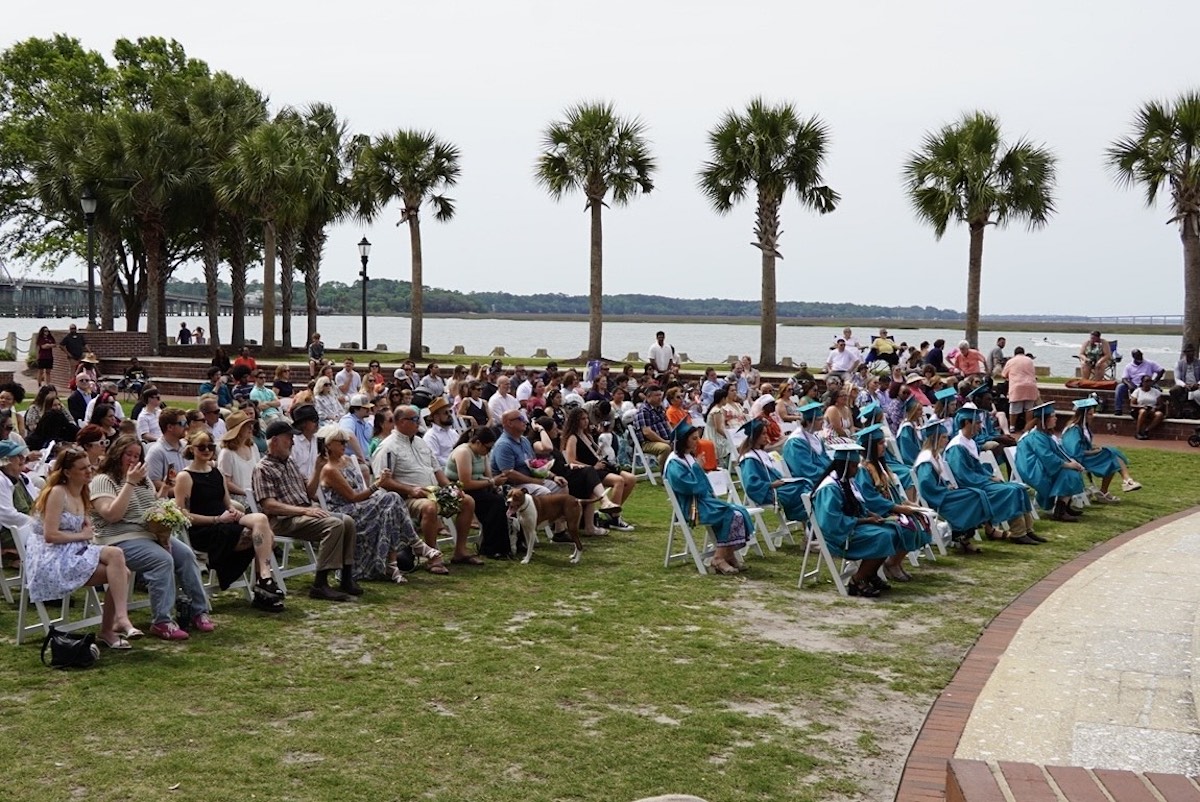State Superintendent of Education
U.S. Secretary of Education Arne Duncan recently announced another round of “Race to the Top,” a federal program that offers quick, one-time cash infusions to state and district administrative offices.
In exchange for these dollars, “winning” states dance to Washington’s tune on education. When the music stops and the money is exhausted, states will be left on the dance floor and paying for their rides home. This is an all-too-familiar occurrence with federal programs, and it is one of many reasons I did not support Race to the Top as a candidate and will not sign an application as State Superintendent.
A key question when it comes to education funding is always, “What will you do with the money?” It may shock some to know that Race to the Top funding would not have paid for teachers, teacher supplies, school buses, or classroom computers. Rather, it would have paid for new employees at the South Carolina Department of Education and in district offices, contracts with out-of-state education consultants, rented office space, travel expenses, and even $96,000 in box lunches. Shortages of administrators, office space, and box lunches are not our problems in education, nor will more of them improve student achievement. This is yet another example of how no amount of taxpayer money can quench the thirst of the education establishment.
While there isn’t a silver bullet to fix our problems, I’ve proposed several solutions to transform education. The state should streamline the funding formula so that funding follows the child to the public school of their choice. This is a more efficient model because it focuses on the students served by a school, not programs offered. Parents and students should have a full menu of schools to choose from so they can find classrooms that best meet their needs. High school courses should be more closely aligned with the world of work to make learning relevant to careers. Effective teachers should be compensated for their excellence in the classroom; ineffective teachers should have an opportunity to improve, and those who remain ineffective should be removed.
Accomplishing these goals will require a significantly smaller footprint from Washington. The original Elementary and Secondary Education Act (ESEA) was written on 32 pages. No Child Left Behind, the eighth version of ESEA, is more than 600 pages long. Federal mandates largely drive the way South Carolina hires and certifies teachers. Schools attempting to meet the federal accountability measurement, called Adequately Yearly Progress, are labeled as failing even if they meet every benchmark except one. A school that has 21 goals “fails” if it meets 20. That isn’t a failing school; that is a successful school with some room for improvement, which is common sense.
These mountains of federal regulations cost teachers and taxpayers enormous amounts of time and money. The Office of Management and Budget estimated in 2006 that federal education laws cost states 7 million work hours in paperwork and $141 million, just for compliance. Make no mistake; the federal dollars South Carolina receives today are intended to offset these costly mandates. In some cases, such as the Individuals with Disabilities Education Act, Washington pays for only 20 percent of its mandate, half of the original promise.
Education in South Carolina will improve if Washington will get out of our classrooms. Sen. Jim DeMint and other reformers have proposed the Academic Partnerships Lead Us to Success Act, or A-PLUS Act, which would free states from many unnecessary and costly regulations. In exchange for regulatory relief, states would sign a performance agreement with the Secretary of Education to meet certain student achievement goals. This is the reform we need in education, and I wholeheartedly support Sen. DeMint in his effort.
The Race to the Top program expands the federal role in education by offering pieces of silver in exchange for more strings attached by Washington. This federal education money will not solve our problems in the short term. In the long-term, it will require South Carolinians to spend more on non-classroom activities. Schools need less, not more federal intrusion if they are to increase student achievement. The previous two rounds of Race to the Top were not competitive grant programs; they were top-down directives forcing states to adopt programs favored by Washington.
Respectfully, South Carolina will not apply for this money. It would be penny-wise and pound-foolish.







